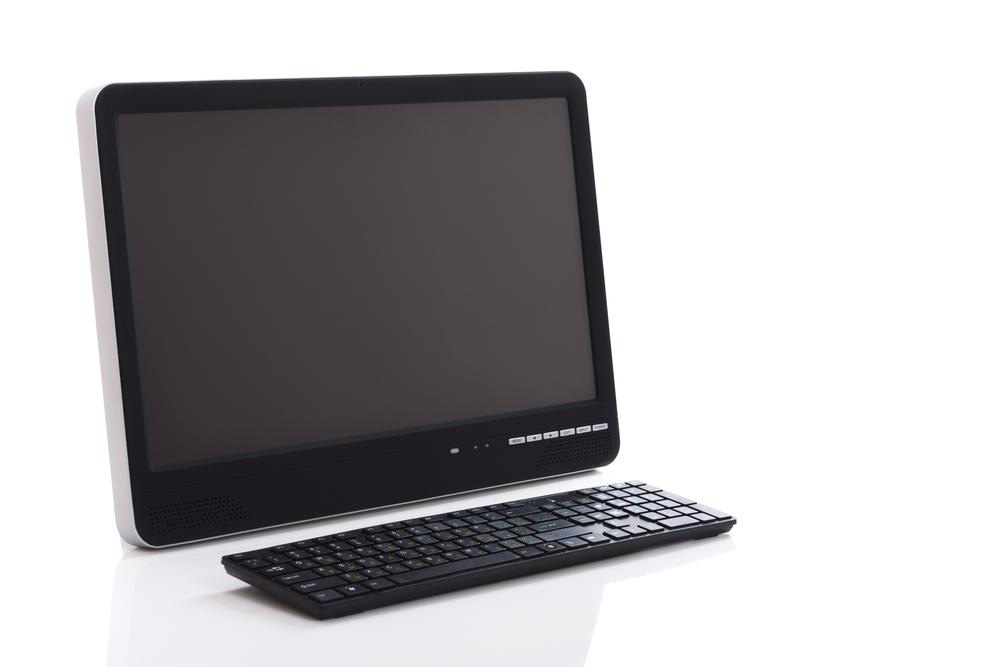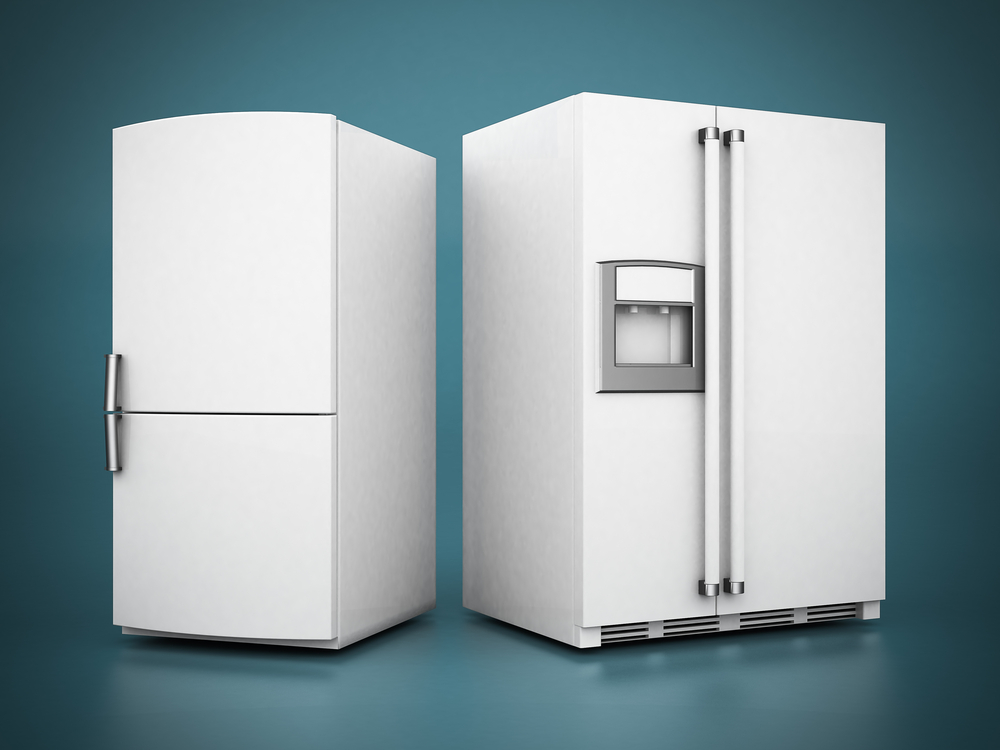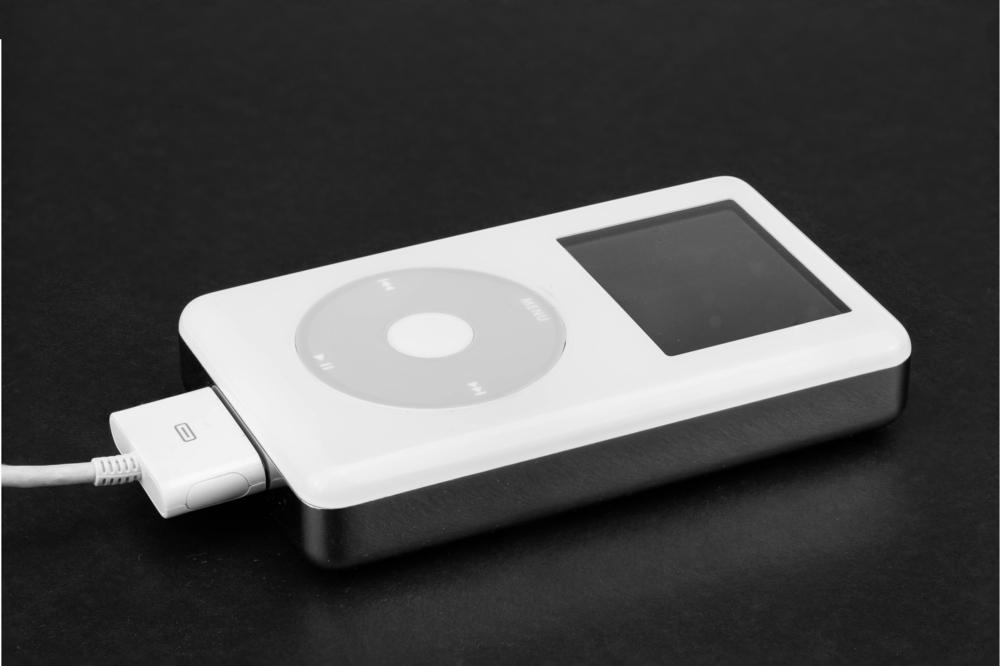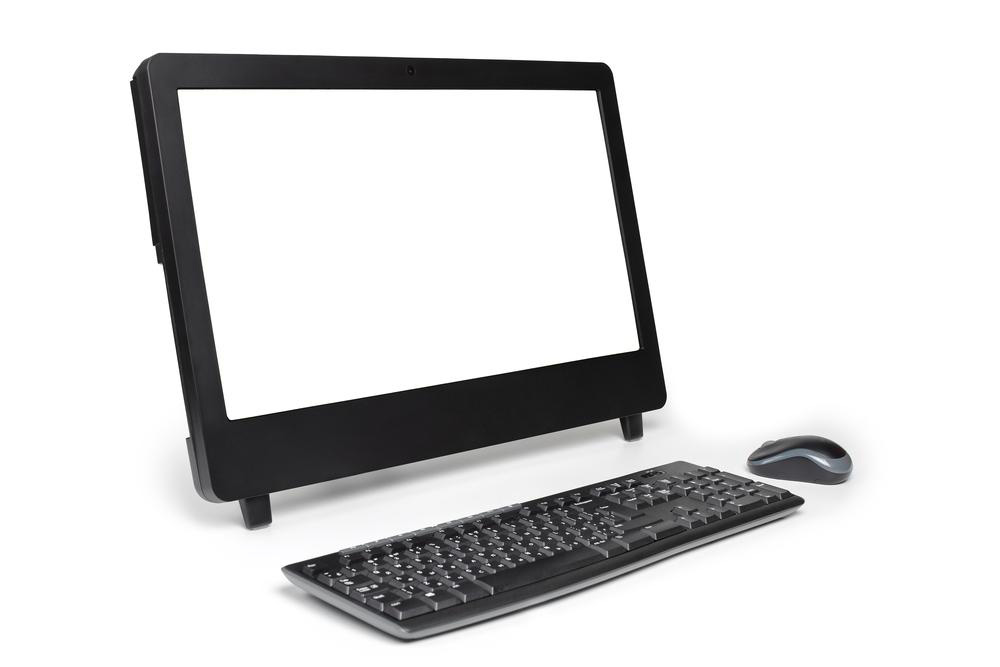Benefits and Insights into Choosing an All-in-One Integrated Computer
Explore the comprehensive benefits and history of all-in-one integrated computers. This detailed guide compares all-in-one PCs with traditional desktops and laptops, highlighting advantages such as space efficiency, sleek design, and ease of use. Discover how technological advances have shaped the evolution of integrated systems and what the future holds for this innovative computing solution. Perfect for users seeking a stylish, compact, and functional device for their personal or professional workspace.

Benefits and Insights into Choosing an All-in-One Integrated Computer
In today's fast-paced digital environment, the demand for compact, efficient, and streamlined computing devices has dramatically increased. The evolution of computers from bulky, desk-wide setups to sleek, space-saving designs reflects ongoing technological advances aimed at improving user convenience and maximizing workspace efficiency. Central to this evolution is the rise of all-in-one computers, also known as integrated or all-in-one PCs, which combine multiple components into a single, elegant device. This article explores the myriad advantages of opting for an integrated all-in-one computer, its historical development, comparisons with traditional desktops and laptops, and the future outlook of this innovative technology.
Historical Evolution of All-in-One Computers
The journey of integrated computers dates back to the late 1980s, with the launch of pioneering models such as the Apple iMac introduced in 1988. Previously, computers consisted of separate components: a bulky monitor, a separate tower or CPU unit, keyboards, and peripherals, which cluttered workspaces and required multiple connections. As display technology advanced from cathode-ray tubes (CRT) to flat-panel LCD and LED screens, manufacturers found ways to embed the processing unit directly behind or within the monitor itself. This shift toward integration marked a significant milestone in home and office computing, allowing users to enjoy a more streamlined, aesthetically pleasing setup.
The early all-in-one models were larger and more expensive, primarily due to the costs associated with innovative display technology and integration challenges. Over time, however, technological advancements, economies of scale, and consumer preference for sleek designs propelled the popularity of all-in-one systems. Today, these devices are available in various sizes, configurations, and price ranges, catering to both casual users and professionals.
Advantages of Choosing an All-in-One Computer
One of the most compelling reasons to choose an all-in-one computer is its space-saving design. By consolidating hardware into a single unit, these devices significantly reduce desktop clutter, making them ideal for small offices, homes with limited space, or modern minimalist work environments. Users benefit from a cleaner aesthetic and easier cable management, which simplifies setup and maintenance.
Furthermore, all-in-one PCs offer enhanced portability compared to traditional desktop setups. Although they are not as mobile as laptops, many models are relatively lightweight and easy to move, perfect for users who occasionally need to transport their setup between rooms or locations.
In terms of aesthetics, all-in-one computers boast sleek, modern designs that blend seamlessly into contemporary interiors. Premium models feature ultra-slim bezels, high-resolution displays, and premium finishes, making them not just functional but also visually appealing.
Another advantage lies in their simplified connectivity. Since many components are integrated, fewer cables and peripherals are needed, reducing the potential for connection issues and making daily use more straightforward. This streamlined setup is particularly appreciated by users who prioritize minimalism and convenience.
Comparison with Traditional Desktop Computers
While all-in-one PCs and traditional desktops serve similar computing needs, they differ markedly in design, performance, and upgradeability. Traditional desktop computers consist of separate components: a tower or CPU unit, separate monitor, keyboard, and mouse. They are favored for their high performance, customizability, and ease of upgrading.
In contrast, all-in-one systems integrate the display and internal hardware into a single chassis, which reduces setup complexity and takes up less space. However, this integration can limit upgrade options. For instance, replacing or upgrading individual components—like the graphics card, memory, or storage—may require professional service or even replacing the entire unit, as many models have sealed or proprietary components.
Heat dissipation is another consideration; compact design can lead to thermal management challenges, potentially affecting performance during intensive tasks. Conversely, traditional desktops often have better airflow and cooling options because of their modular design.
Are Laptops a More Versatile and Practical Choice?
With portable computing devices like laptops and tablets gaining popularity, many users question whether all-in-one PCs are still relevant. Laptops combine performance, portability, and battery-powered operation, often making them a more versatile choice than stationary all-in-ones. While all-in-one computers are primarily designed for use in a fixed location, they excel in environments where a powerful, integrated system with a clean aesthetic is desired.
More recently, tablet-like models with detachable or foldable screens and battery power have blurred the lines between traditional computers and portable devices. Many all-in-one models now also feature touchscreen capabilities and Wi-Fi connectivity, enabling users to perform numerous tasks remotely or with minimal setup.
In terms of cost, performance, and upgrade potential, laptops often outperform their all-in-one counterparts, especially for users requiring robust multitasking or high-end processing capabilities. They are also typically less expensive and easier to repair or upgrade, securing their position as the practical choice for the majority of consumers.
Final Thoughts: The Future of All-in-One Computers
Despite the increasing dominance of laptops and portable devices, the all-in-one computer market remains vibrant and relevant. Consumers who value aesthetics, space efficiency, and ease of use continue to drive demand for these integrated systems. The iconic Apple iMac and other similar models have set trends in design and functionality, inspiring innovation across the industry.
As technological advancements such as miniaturization, high-resolution displays, and integrated AI capabilities continue, all-in-one computers are likely to become even more powerful and versatile. The boundary between laptops and all-in-one systems may further blur, with hybrid devices offering the best of both worlds.
In conclusion, choosing an all-in-one computer entails balancing factors like design, performance, upgradeability, and portability. For users focusing on space-saving, aesthetics, and simplicity, these systems offer significant benefits. As the market evolves, the integration of innovative features will ensure that all-in-one computers remain a popular choice for a wide range of computing needs.





